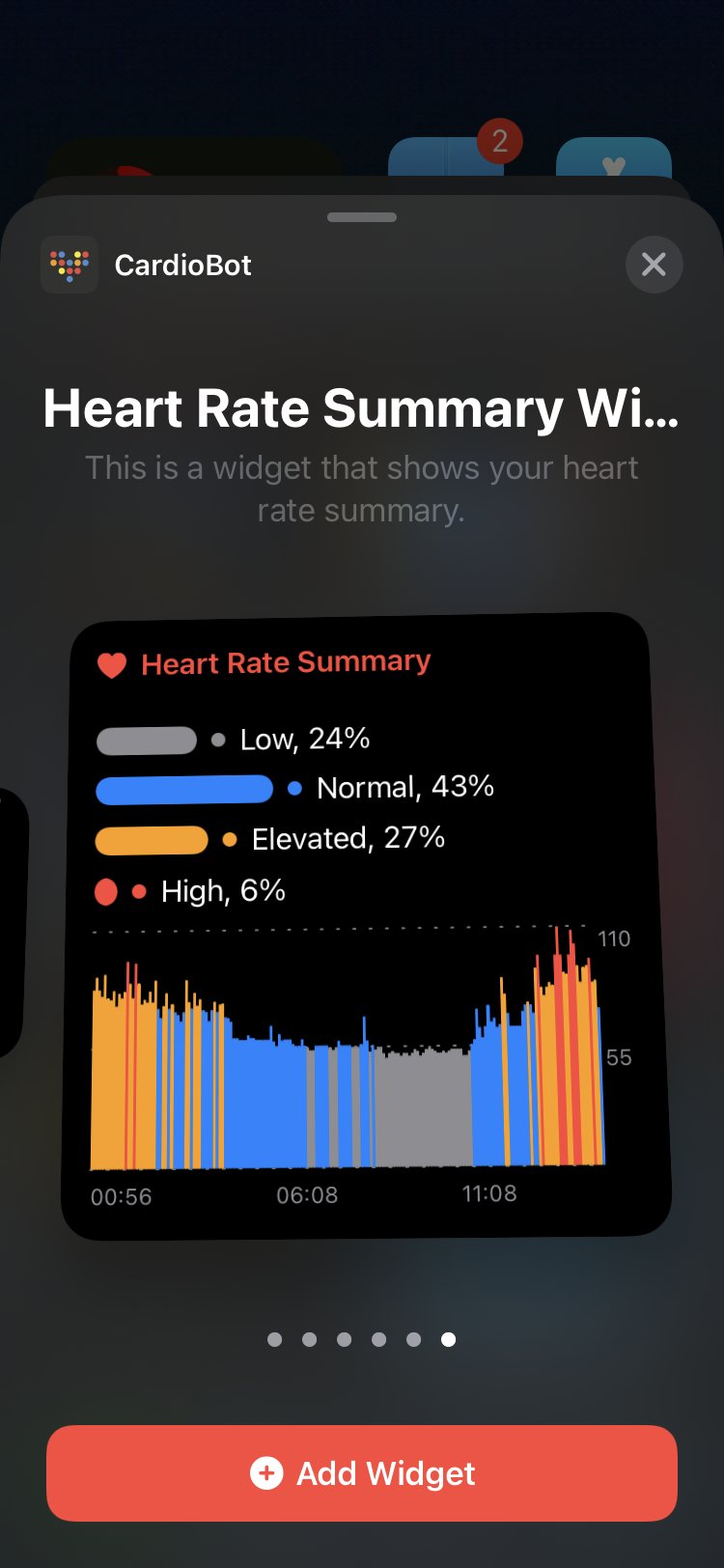
You’ll also be given the HTML templates, and we’ll go through them so you have the chance to understand what is all about, and what the meaning of placeholders is. The default functionality will be given to you already made. We are not going to build that app from scratch, it’s not our goal after all. The demonstration app we’ll use is a simple invoice maker, which I think that perfectly fits to the needs of printing data to PDF. But we’ll get there based on HTML templates with placeholder values that will be replaced by real values.
#Swiftui pdfkit how to
The ultimate goal is to show to you how to print content to a PDF document.

So, what exactly are we going to go through the next parts? That means that you can display it in a web view, to save it to external files, to share it, and of course, to print it as PDF. You understand of course that the value replacement in the last step is an automated process and can be done repeatedly.īy the time you have some real content formed as HTML code, you can do whatever it’s possible to do with it. Instead of using real values, you set placeholders in the key points that you mark in a unique way, and then inside your app you replace those placeholders with real values. What you really want is to create one HTML page only, which is going to be the template. Creating an HTML page manually for every single student is out of the question, as the same pattern is followed for printing the info for all students. For example, think of an app that prints or exports personal information for school students to PDF. All you actually want in that case is to manage to represent your content as an HTML page, but it’s not wise or productive to manually create pages for repeated content.

I think that you totally agree to the fact that it’s always preferable to deal with HTML instead of drawing PDFs directly. In the last step, iOS will do all the hard work for you.
#Swiftui pdfkit license
I will not be including the PDF file in the repo as I am not sure what license it has and if I am allowed to distribute it.īecause we are adding this PDF to our project we can use Bundle.main to get the file's URL.Have you ever been asked to create PDF documents with content straight from your app? Have you ever even thought how to do that, if you’ve never done it before?
#Swiftui pdfkit code
I have named this file heaps.pdf, so in the code below you will see that I use the file name heaps. To do that I have used the following PDF file. In order to do that we need to have a PDF file that we can add to our project. Now that we know what we are doing, let's get to the code: Step 1: Get URL for local PDFĪs I mentioned earlier in this tutorial we will be focussing on how to open a local PDF file.


#Swiftui pdfkit full
You can also find the full source code for this tutorial here. Both methods that we are going to use today allows for us to use a URL when trying to load the PDF, so it doesn't matter whether the URL is a local file or not.Įven though this tutorial is not focussed on opening a remote PDF, I will be adding the code at the end of each section that will allow you to open a remote PDF file. If you want to use a hosted file it will work in basically the same way. The PDF can be a local file or a hosted file but we will be using a local file. In this tutorial we explore two ways of opening a PDF file with Swift. PDF files are common place and with iOS/iPadOS becoming a more powerful operating system, opening PDF files and other regular computer type tasks will become more common place.


 0 kommentar(er)
0 kommentar(er)
